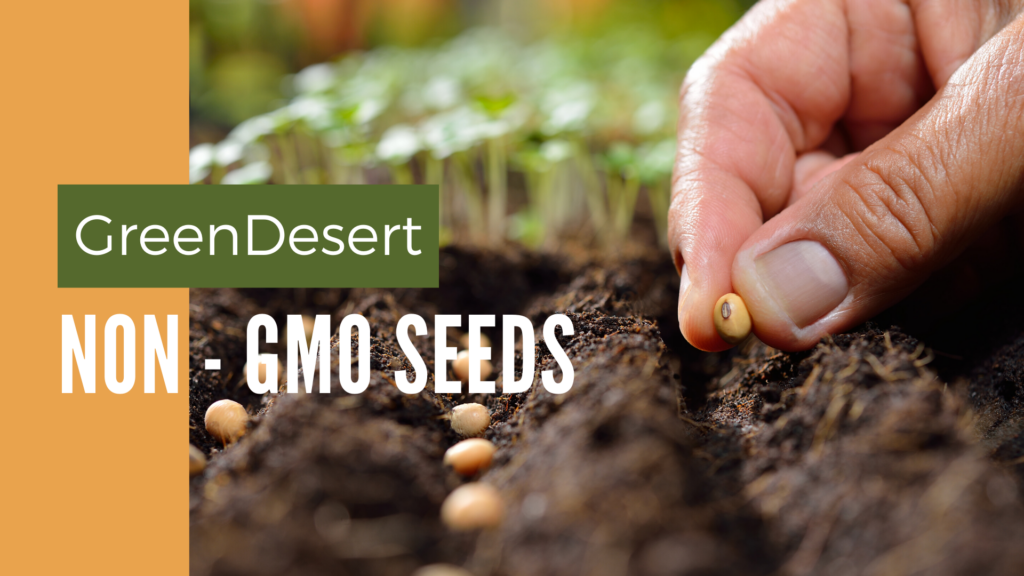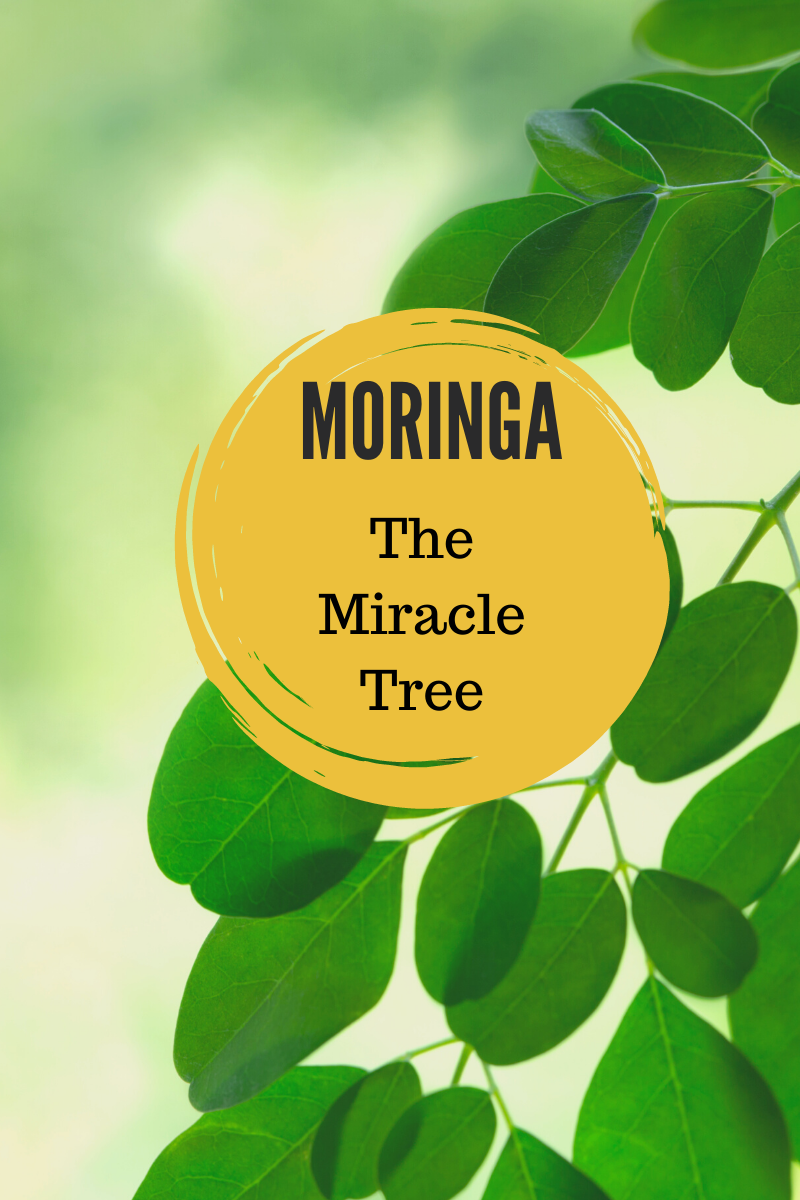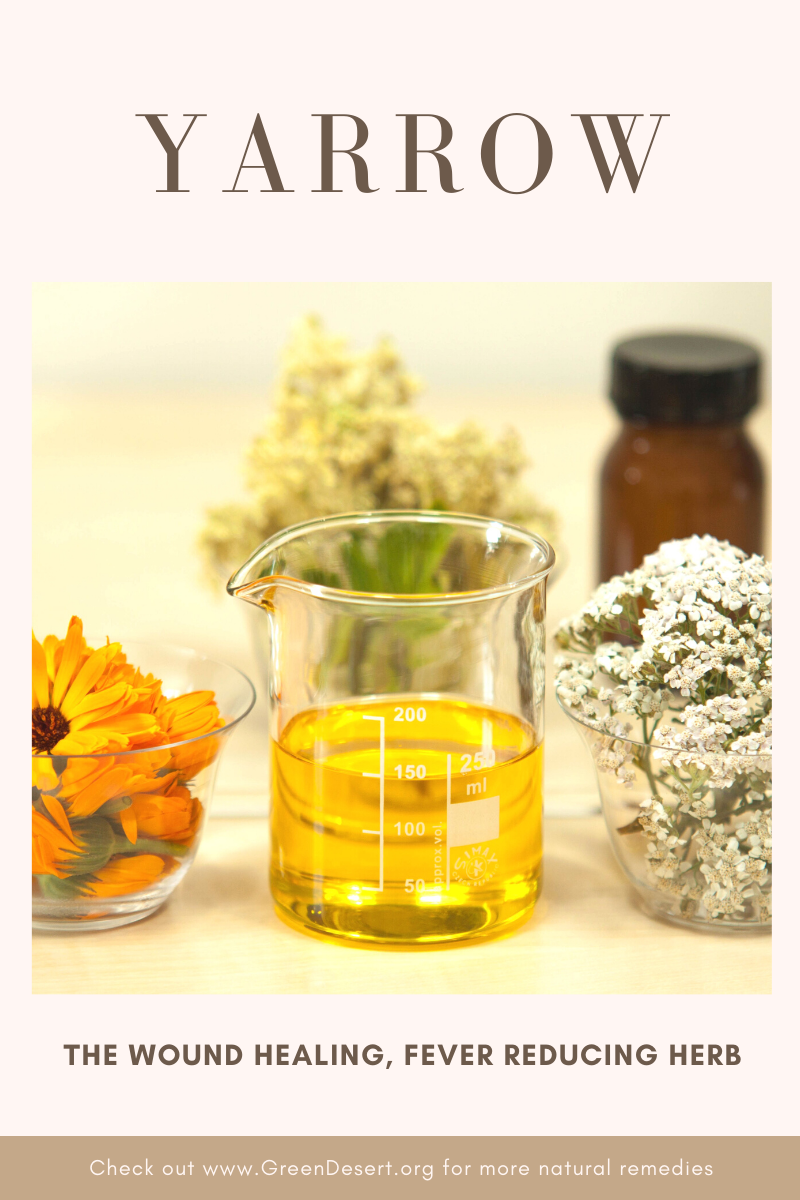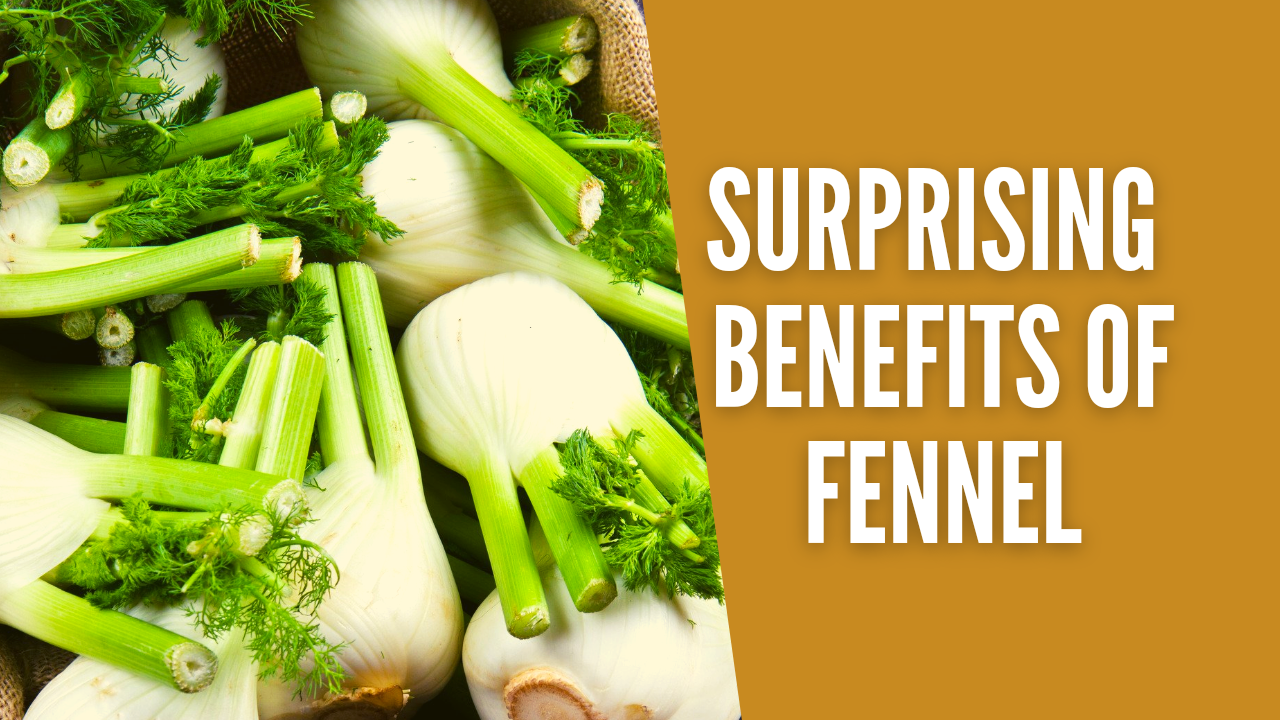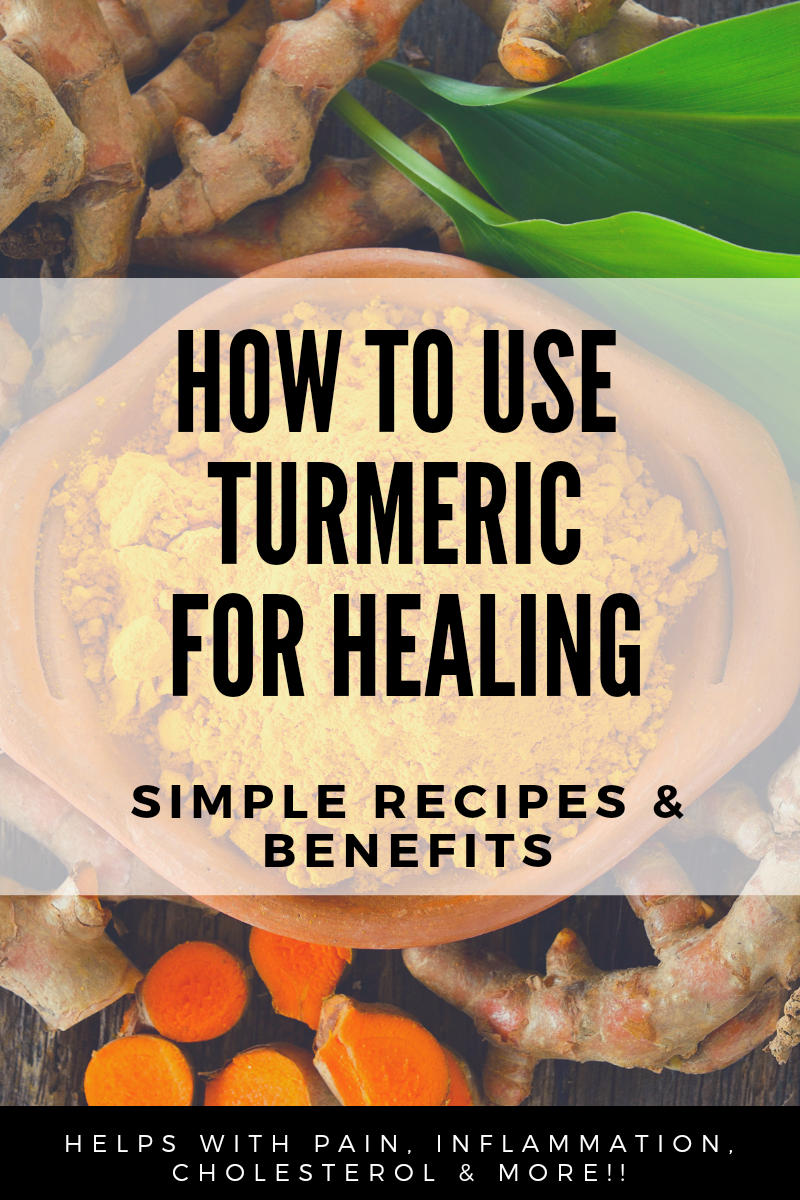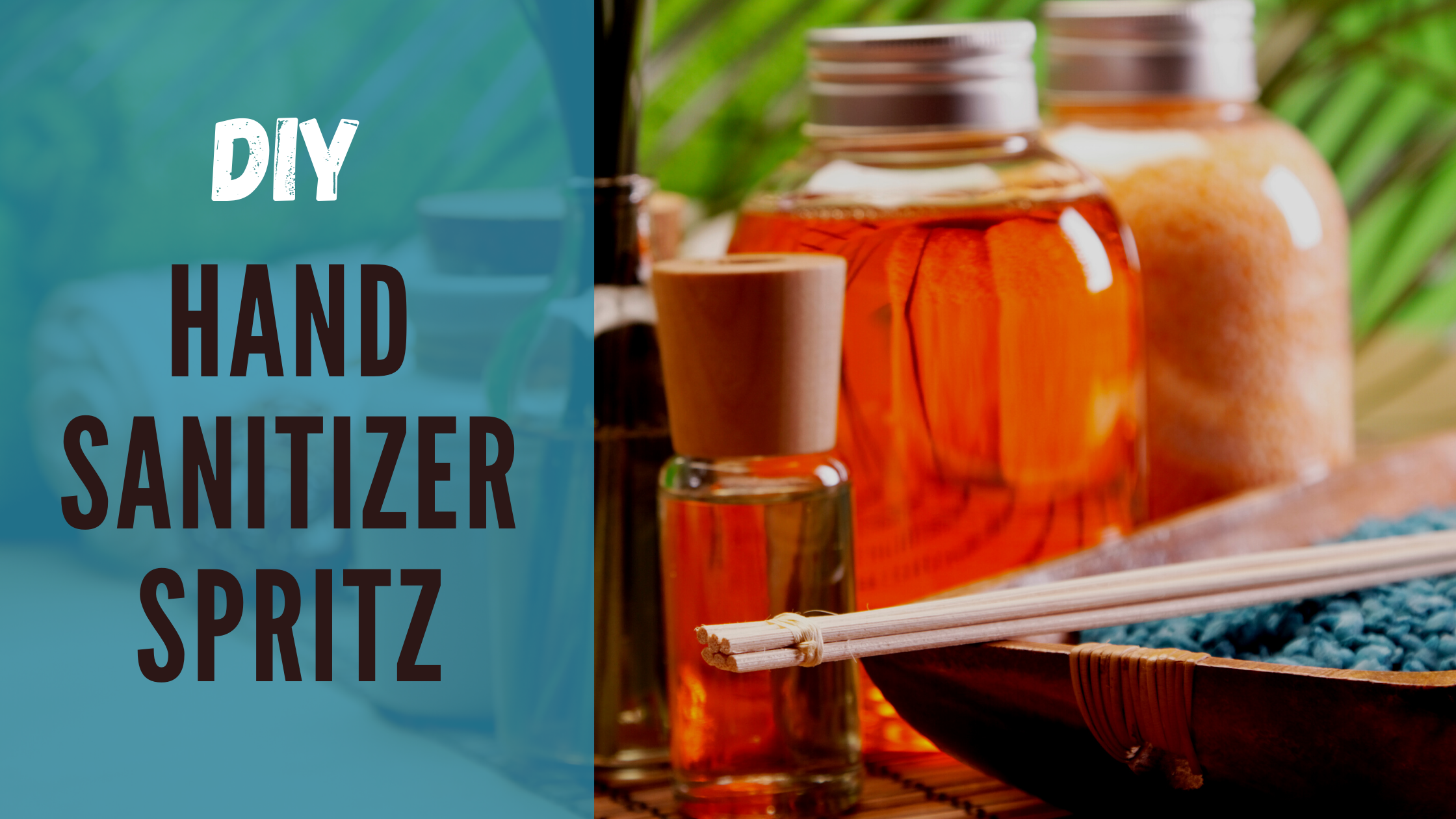Frankincense
What you didn’t know about Frankincense
When many people first think of the word “frankincense,” they might think of its reference in the Biblical tale. For thousands of years, frankincense has been regarded as a healing fragrance that promotes peace and meditation. Now, more recent studies about frankincense may back this claim! It’s part of the reason its earned the reputation as the “king of oils.”
So, let’s break it down. Frankincense is an aromatic resin (or dried sap) that comes from the trunk of the Boswellia tree that grows in dry regions of the Middle East, India, and Africa. Frankincense has been used in Ayurvedic medicine, which is an alternative medicinal system that began in India. The smell of frankincense is what might be most distinctive. It has a very spicy, sweet, woody fragrance to it which is why it typically comes in an oil form so that it can be diffused. Frankincense can be taken as a supplement, inhaled, absorbed into the skin, and infused into tea. Frankincense essential oil is recommended by most… and for good reason!
For people, a notable benefit is that it can help ease anxiety and stress. Frankincense has been shown to improve breathing and have a calming effect on the respiratory system. Some research suggests that there are compounds that can prevent leukotriene production, which is what causes bronchial muscles to constrict and therefore making it harder to breathe. The aroma of frankincense relaxes the diaphragm, encouraging slower, more controlled breaths. This ultimately helps ease stress and anxiety, and prevent the onset of panic attacks. Frankincense is commonly used in aromatherapy for this reason.
Frankincense is also claimed to be anti-inflammatory. Research did show that boswellic acid, an active compound in frankincense, reduced inflammation in patients with arthritis and osteoarthritis. The boswellic acids may also help prevent cancer from spreading and help with toothaches and bad breath. It’s also been known to reduce inflammation in the gut. Even more, rejuvenating damaged skin… which means its great for wound healing.
This next thing I read excited me… frankincense can be used for pets! Yes, really! Frankincense oil is safe for pets – dogs, cats, horses, cattle, etc. – when used in moderation. Frankincense can be used in animals for wound care, behavioral improvement, and easing anxiety. The same benefits that it has for humans, it has for animals. However, frankincense should be heavily diluted if you’re giving it to your pet. And it’s still best to check with your veterinarian first to make sure it’s safe for use on your animal!
After hearing this, you know how had to get in the kitchen. Our family at SoFreshSmells, came over and we got to work… excited to try out frankincense on our pets. We made a Pet Anti-Anxiety Spray and was amazed at how quickly it worked.
We brought the dogs in the house during our storm and of course they were all over the place, anxious and loud. We sprayed the Spritz in their beds and the back of their necks and we literally had to check on them… because they were so quiet and calm. So I’m a believer!
How to use frankincense essential oil:
For humans – You can put 3-4 drops of frankincense essential oil in a diffuser and then inhale the aroma.You can also mix it with lavender essential oil for even more relaxation. To directly ingest it, dilute 1 drop of frankincense oil in 4 fl oz of liquid. For topical use, apply 1-2 drops to the skin in your desired area along with a carrier oil, like grape seed oil, and then massage into the skin.
For pets – As animals have a much stronger sense of smell than humans, only put 1-2 drops of frankincense essential oil in the diffuser for them to breathe, and pay attention to make sure they don’t negatively react to the smell. For oral use, use 1-2 drops of the oil diluted in your pet’s water bowl or in their food. For topical use, only use 1-2 drops of oil diluted in a carrier oil so as not to irritate your pet’s skin.
Here is a scale from essentialoilvet.com:
“For horses and cattle, apply 4-6 drops along the spine from tail to head, topically directly over the area of concern, or you can give 2 drops twice daily with feed to give internally. This is helpful over the poll of these animals as well.
For dogs, dilute 1 drop in 20-50 drops of carrier oil and give one diluted drop internally mixed with food, or apply topically along the spine or directly over the area of concern or between the paw pads of the back feet.
For cats, water diffusion is preferred, if applied topically dilute 1 drop per 100 drops of carrier oil prior to applying to the area of concern or by petting along the spine.
Frankincense is safe to diffuse around reptiles and small mammals as well.”
Below are most effective dosages, according to The National Institutes of Health
- Asthma: 300–400 mg, three times per day
- Crohn’s disease: 1,200 mg, three times per day
- Osteoarthritis: 200 mg, three times per day
- Rheumatoid arthritis: 200–400 mg, three times per day
- Ulcerative colitis: 350–400 mg, three times per day
- Gingivitis: 100–200 mg, three times per day
Let us know if you’ve ever tried frankincense!
We have an entire page of other natural remedies here.


